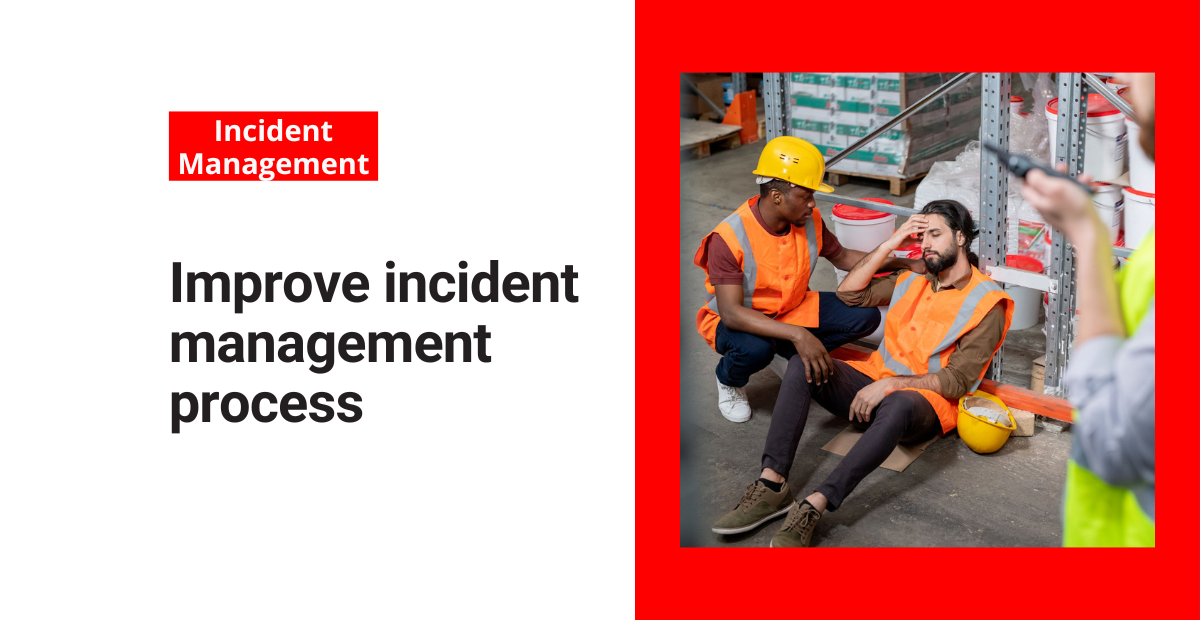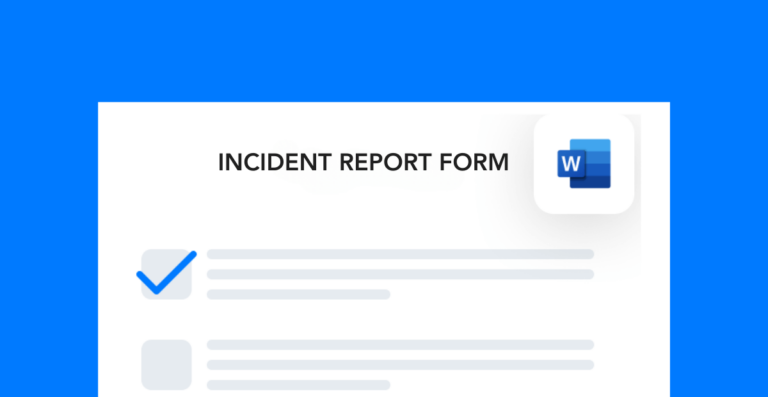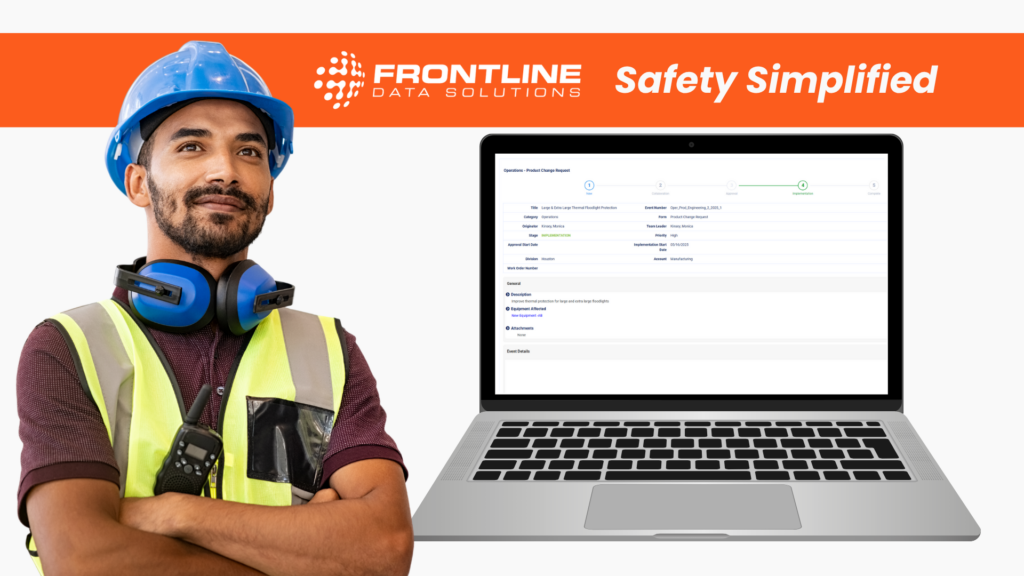It’s the EHS department’s responsibility to follow up with workplace incidents and document them properly. However, to perform this task at the highest level, you need a process that aligns with your team’s goals and resources. Therefore, try the following strategies to improve your incident management process and gain better results from the information you collect.
Train managers on incident investigation
Do your managers understand the purpose of incident investigations? Does your team identify root causes and collect evidence effectively? Do they also take part in implementing corrective actions?
An effective way to improve your incident management process is to train managers to investigate both incidents and near misses. Indeed, this is a skill that every leader should develop. Therefore, you can cover the following topics in training:
- How to interview incident witnesses
- Which information to collect at the scene of an incident
- How to secure an incident scene and prevent further injuries
- How to do a root cause analysis
Once managers know how to do these things, they can take a more active role in the incident management process. This will not only help them better understand the role of the EHS team, but it’ll also contribute to a more proactive approach to safety.
Standardize your documentation approach
Because the incident management process involves so much documentation, it’s important to standardize your approach. The better your incident reports, the more effective your follow-up strategies.
The main areas you can work on improving are:
- Document formatting
- Quality of the content and information
- File organization and management
First, start by reviewing how you currently document near misses and injuries. Are your reports detailed and comprehensive? Are they easy for anyone inside or outside of the company to review? Do your employees follow a set format or do all the reports look different?
Once you know which areas need improvement, create a plan for how you’ll correct them. For example, maybe you need to come up with a new syntax style for naming files. Or maybe you need to train your team on how to write better incident reports. Even small adjustments can have a big impact on the outputs of your incident management process, so keep trying until you’re satisfied with the results.
Free form!
Download his simple Word template to create a site-specific report form for your team to use.
Follow-up with risk assessments to improve incident management process
Most incident management processes end with the completion of corrective actions. If you want to improve, however, consider doing a risk assessment of the process, department, or equipment involved in the incident. This is an especially good idea if you change any of the variables.
Doing a risk assessment is helpful for reestablishing the potential impact of any process that’s resulted in an incident. Your safety procedures should reflect the risk level of the process based on what you find during your assessment.
This is a preventative measure that should reduce future incident rates for a specific task. Even a small decrease in the incidence of injuries or near misses can have a major impact on employee safety perception and performance. Plus, it gives your team one last chance to find improvement opportunities before they consider the incident management process complete.
Track corrective action items
Tracking action items is critical if you want to improve your incident management process. After all, how will you know whether your corrective actions are effective if you don’t follow up?
If you have a small team, a simple spreadsheet might be all you need to keep track of what needs to happen after an incident. For bigger or more complex operations, the best practice is using action tracking software. Whichever method you choose, here’s the information you should track:
- Task owners
- Action item type (process, procedures,
- Expected and actual due date for tasks
- Relevant attachments (witness statements, reports, etc.)
Communicate incidents with employees to improve incident management process
OSHA’s recordkeeping rules also require you to inform your employees of how and when to report work-related injuries and illnesses. If you don’t already, you should have clear incident reporting procedures in place.
Take this a step further by notifying employees of recent safety incidents whether they’re affected or not. At your next team meeting here are some things you can talk about:
- Recent incident details (location, cause, etc.)
- Changes you’re making to correct the cause of an incident
- New safety measures around the facility
- Reminders of how to report an incident
Sharing details of recent incidents is a great way to raise awareness and keep safety top of mind for everyone.
Upgrade to incident management software to improve the process
One of the best things you can do to improve your incident management process (and entire EHS program) is to upgrade to incident management software. That’s because you can only go so far with manual processes. Most teams don’t have the resources to coordinate, document, and analyze incident data on the same level as a software system.
Software is the best choice for managing incidents because it:
- Helps you better identify patterns across incidents
- Gives you full visibility over the status of critical action items
- Centralizes all your data so information is easier to find
- Makes it easy to assign owners to different tasks and hold them accountable
- Allows you to standardize your process to eliminate variation
- Eliminates the need to track your team’s progress manually
Investing in incident management software means you’ll reduce costs in other areas like workers’ compensation, production shutdowns, lost time injuries, property damage, and product rework due to quality issues.
Frontline ACT for incident management
Frontline ACT is our user-friendly action tracking tool designed specifically for EHS professionals. You can use it to manage just about any type of incident—product recalls, injuries, quality errors, custom service issues, etc.
We have clients in all kinds of heavy industries, from chemical manufacturing to alternative energy, who use Frontline ACT to coordinate their incident management processes. Here are just some of the things you can do with the tool:
- Schedule and assign action items to different team members
- Create ad hoc or recurring tasks for your team to complete
- Organize and manage critical compliance documents
- Upload supporting documents to your incident reports
- Create custom forms and checklists for your team to fill out
Frontline ACT for incident management
Watch this 20 minute webinar to learn more about what you can do with Frontline ACT.
If you’re interested in learning more about how Frontline ACT can help you improve your incident management process, schedule a demo with our sales team.






